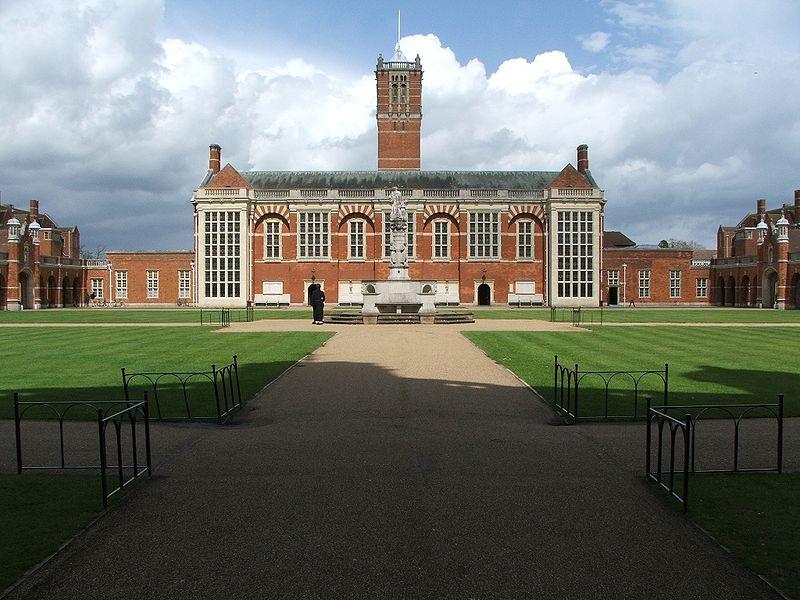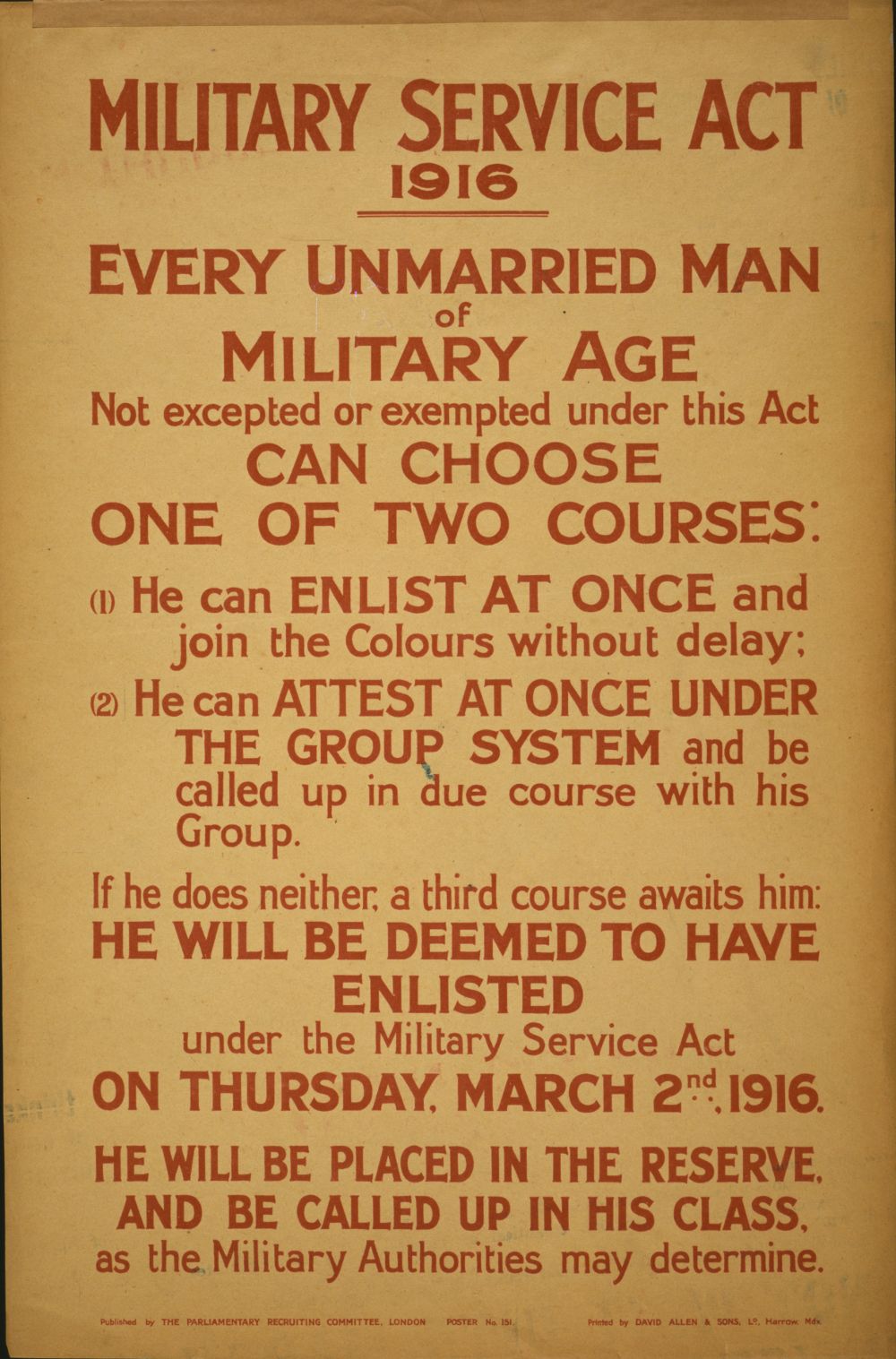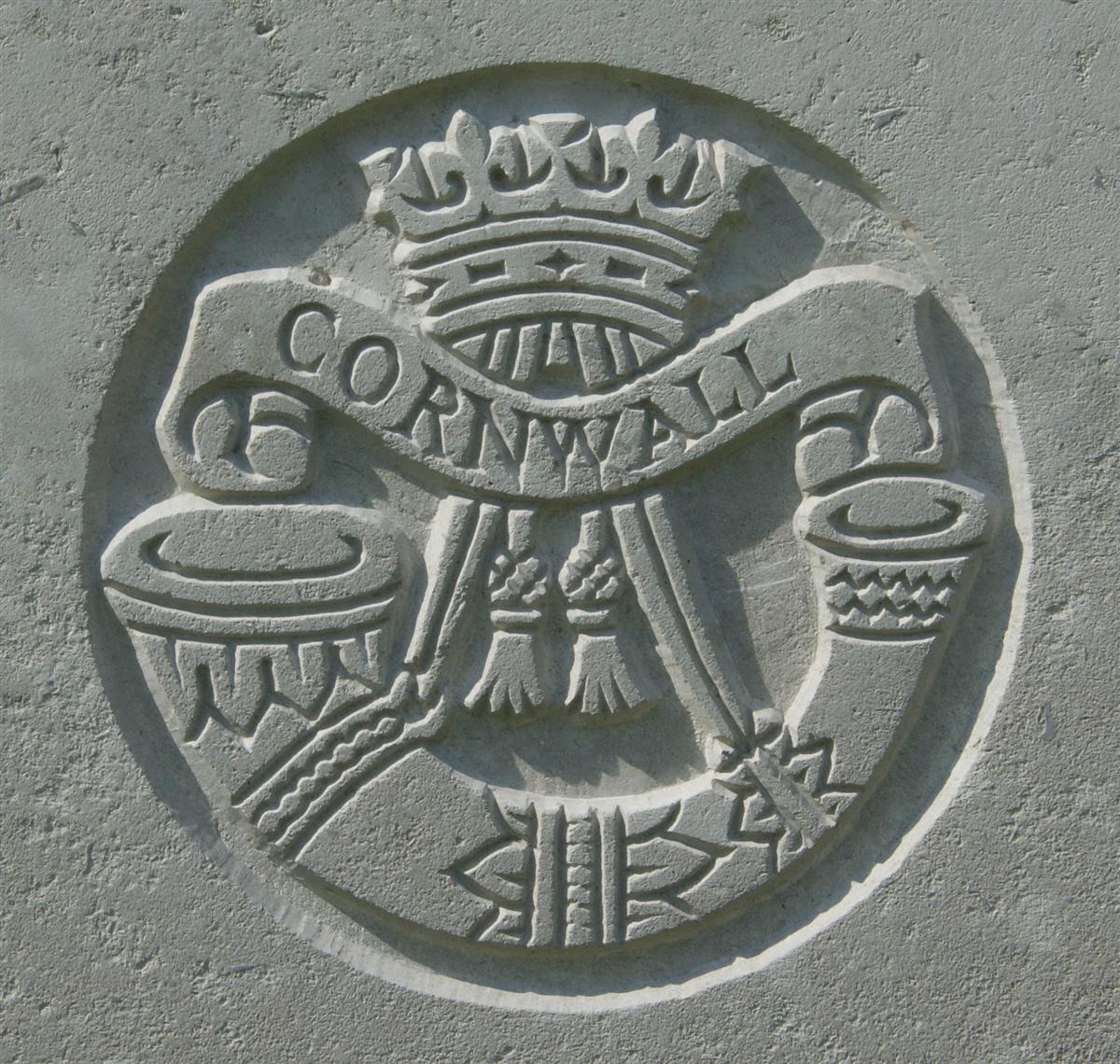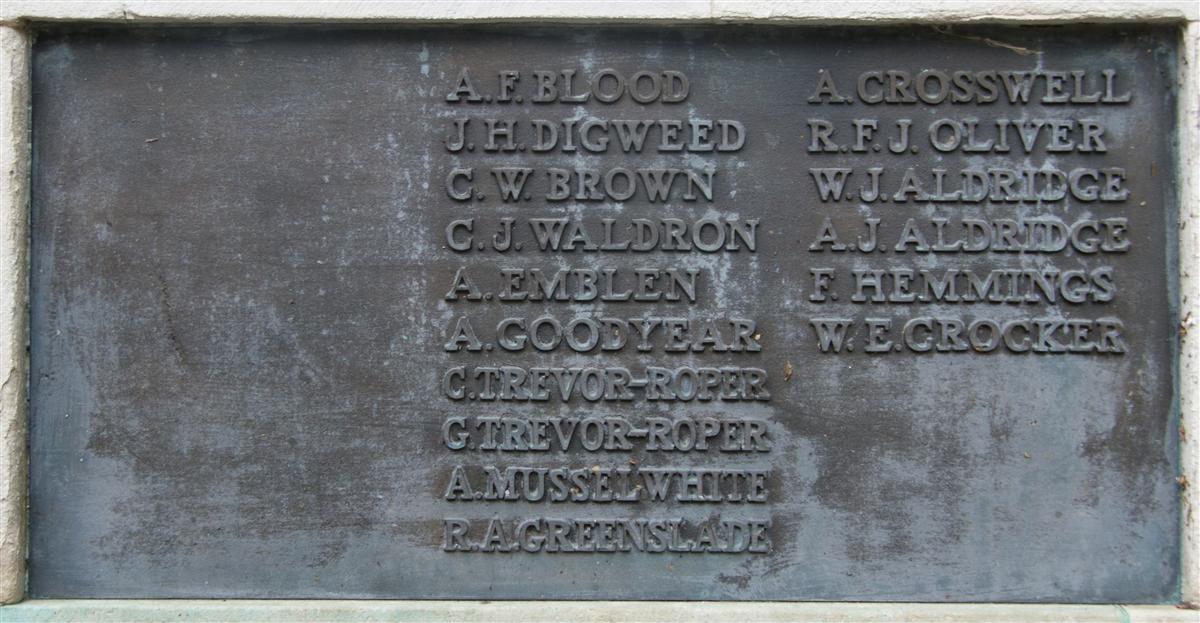William Edward Crocker
Private 38015 William Edward Crocker, 1st/5th Duke of Cornwall’s Light Infantry.
William was born in 1899 the eldest son of Edward Crocker and his wife Annie Elizabeth née Carter. Edward was a painter and decorator who raised his family in various rented homes in the area of Newbury often known as East Fields (a misnomer as Newbury’s East Field was elsewhere and this part of town was actually in Greenham). They lived in Kings Road, Railway Road and Gordon Road.

Christ's Hospital School today. |
When war broke out in 1914 William may still have been a schoolboy, too young to respond to Lord Kitchener’s call to arms. Following the introduction of conscription young lads like William would receive their call up on or soon after their 18th birthday. William enlisted at St James Vestry Hall, Piccadilly, London, suggesting that he may have, like many other former Wests’ Scholars, found employment in the Civil Service or a City office.
By 1917 the system of recruitment was to send the new soldiers bound for the infantry to battalions of the Training Reserve where they would be prepared for service at the front. A vagary of the army system was that there was no unified numbering system, every regiment had its own numbering system, often using separate systems for regular, territorial and service battalions. While in training William was allocated the number 7/14949 which changed to 38015 when he was posted to the Duke of Cornwall's Light Infantry.

Conscription was introduced by the Military Service Act in January 1916 - this poster explains the new system.. (Wikipedia) |
He was posted to the 1st/5th Battalion of the Duke of Cornwall’s Light Infantry (1/5 DCLI), a pioneer battalion with the 61st (2nd South Midland) Division. Pioneers were the labourers of the Division, trained infantry, but also there to dig, carry and otherwise support the fighting troops. In reality all troops often found themselves in work parties digging and carrying during their 'rest' periods out of the line. Many pioneer battalions were absorbed by the Labour Corps when it was formed in 1917, but the 1/5 DCLI avoided that fate and remained with the Division.
In late March 1918 things were extremely desperate and according to the regimental history these pioneers “downed tools, took to the rifle and their places in the firing-line and put up a splendid show, gaining high honour for the Regiment.”
This Division had been badly mauled in the first hours of the German assault when it was holding a section of the forward line – the first to be hit by the Germans. Unlike some units the 61st Division held together and fought hard, only retiring from their forward positions when their flanks were exposed by the collapse of the units on either side. For several days they fought a series of actions as they retreated, always making the Germans pay for the territory they were capturing. Eventually he German offensive ran out of steam; although close to breaking the 3rd and 5th Armies had managed to stem the tide.
Having taken heavy casualties in the fighting the 61st Division was withdrawn from the line on the Somme and moved north towards a quieter part of the line, immediately south of the Belgian border. The 1/5 DCLI were reinforced by the addition of 423 other ranks from their 4th Battalion in England. William was almost certainly among this draft of new blood.

The regimental badge of the Duke of Cornwall's Light Infantry, as used on CWGC headstones. |
The Regimental history tells the story:
The History of the Duke Of Cornwall's Light Infantry 1914-1919 (Everard Wyrall)
The [1st/5th] Battalion "debussed" at Calonne and at once began digging in on a line from the fork-roads near Bouzateaux Farm to Meurillon, though the work of organizing the line was extremely difficult. From Paradis, L'Epinette and woods west of Lestrem machine-gun fire impeded progress. Moreover,there was a constant stream of stragglers, mostly Portuguese, through the Battalion line.

A famous image of men from the 55th Division blinded by mustard gas- taken on 10 April 1918 near where the 1/5 DCLI was in action the following day. (Wikipedia) |
At about 6 p.m. the left of the line, i.e. from Bouzateaux Farm north–wards to the Lys Canal, was strongly attacked and the Pioneers were compelled to withdraw, but touch with troops south of the Canal could not be obtained. The timely arrival of C Company, however, enabled the left to be extended to the Ancienne-Lys River, immediately west of Grand Pacout.
Throughout the night of the 11th/12th this line was held although troops on either flank withdrew. At 7.30 a.m. the next morning the whole line was again attacked and, having worked round the right flank of the Battalion at Vertbois Farm, the enemy penetrated the line at several points, entered Pacout and raked the Pioneers from both flanks with machine-gun fire.
A line was then taken up in front of Calonne, but again the right flank came under severe fire from the direction of L'Etang Farm and, after putting up a resistance for an hour and a half, the Pioneers fell back. Successive stands were now made along the railway south-east of La Hennerie and on the banks of the Lys Canal south of Le Sart, but by this time the enemy had got through Calonne in considerable strength and, working forward, had penetrated the junction of the forward companies of the 5th Gordons and 9thRoyal Scots (both of the 51st Division) with the result that the Gordons and the 1/5th D.C.L.I. had to fall back across the Canal. The crossing was effected under heavy rifle and machine-gun fire and casualties were heavy. A line was then taken up west of Le Sart and held up to midnight when, under orders, the Pioneers withdrew to rejoin the 61st Division. On the 13th the 1/5th D.C.L.I. billeted along the road running west from St. Venant and just west of that village.
The Pioneers had put up a splendid fight, but their losses were again very heavy. No less than sixteen officers and 467 other ranks had been killed, wounded or were missing. Of the officers, Lieuts. T. Goldsworthy, L. W. Smith, P. J. Morcom and 2/Lieut. R. C. Chapple were killed; Captains E. M. Hodson, B. S. Hodge, Lieuts. H. R. Trelawny and G. G. O'Carrell and 2/Lieuts. Aedy, C. E. C. Hughes, Green, W. F. Smith, W. G. Hunt and Drewitt were wounded; 2/Lieut. H. Blacklock was reported "missing".
This was the 1/5 DCLI's involvement in the Battle of the Lys (Battle of Estaires); almost 500 killed, wounded or missing - which included young William, as reported in the local paper:
Newbury Weekly News, 20 June 1918 – Local War Notes
The War Office report that Pte W E Crocker, of the 1/5th Duke of Cornwall’s Light Infantry was posted as missing between the 11th and 17th of April. His home is at 12, Railway-road, Newbury.
His parents were left hoping that he was still alive, a prisoner of the Germans. Some parents went so far as to convince themselves that their son was suffering from amnesia and would eventually be found alive. However, the war had been going on long enough by 1918 for the public to understand that the most probable reason for a man being recorded as ‘missing’ was that he had been blown apart by a shell, or abandoned on the battlefield, perhaps thrown into a hasty grave by the advancing Germans. There were a lot of prisoners taken by the Germans, especially at this stage of the war, so there was always hope – for a while. Eventually the War Office decided:
Newbury Weekly News, 28 November 1918 – Killed in Action
CROCKER – April 11th, 1918, reported missing, now notified as killed on that date, W E Crocker, eldest and beloved son of Mrs Crocker, 12, Railway-road, Newbury.
Seven long months we anxiously waited
A letter from our boy,
The sad letter came at last
But not from our dear boy.
We loved you well, dear Willie,
But Jesus loved you best.
A few more details were given the next week:
Newbury Weekly News, 5 December 1918 – Local War Notes
Mrs Crocker, of 12, Railway-road, Newbury, has lost her eldest son, William, reported missing on April 11th, 1918, now officially notified as killed. He was under 19, and had only been in France eight days. The father has served four years with the ASC, and another son is on HMS Tiger.

William's name on Newbury War Memorial (bottom right) |
Officially his date of death is recorded by the CWGC (Commonwealth War Graves Commission) as 14 April 1918, while he was, according the newspaper, reported missing, assumed killed on 11 April. A disparity such as this could be explained if the War Office had heard from the Red Cross that William had been recovered from the battlefield by the Germans and that he died from his wounds a few days later. However, he has no known grave, men who died in German hospitals would usually be expected to be buried away from the front in a known place; perhaps he was found on the battlefield, still alive, on 14 April and died before he reached any further back than a forward aid station; perhaps his body was interred in an unmarked, unrecorded mass grave? Of course there is another, simpler explanation – the CWGC may have recorded the date incorrectly.
His name is remembered on panel 6 of the Ploegsteert Memorial and, locally, on the Newbury Town War Memorial.
Thanks to Karen Newbery for her help researching this soldier.

